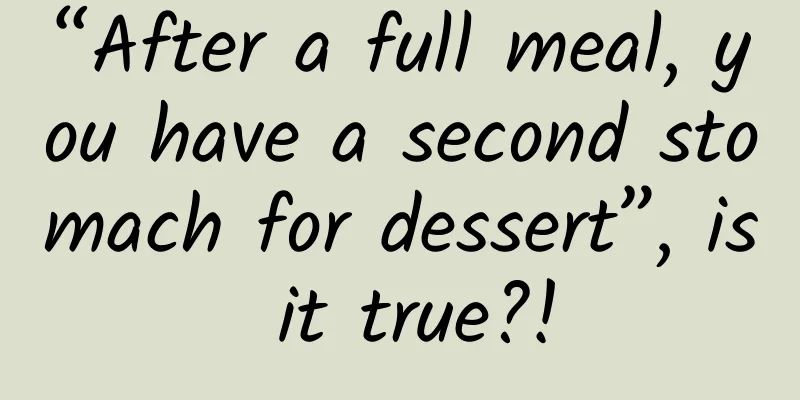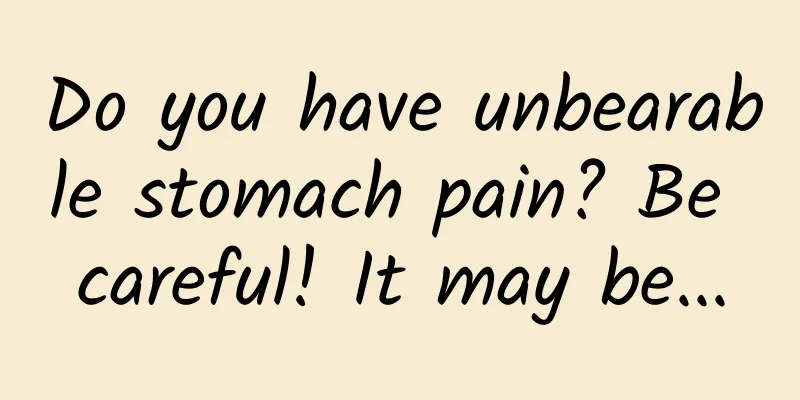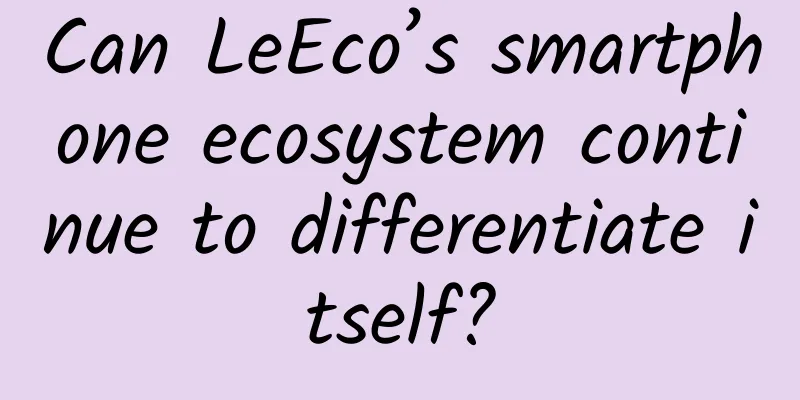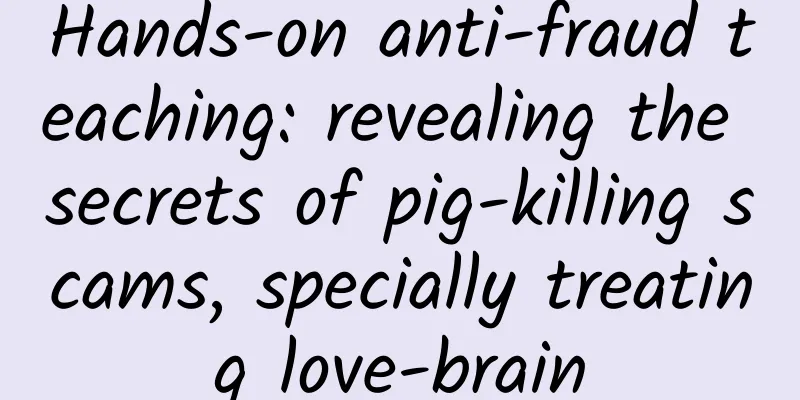“After a full meal, you have a second stomach for dessert”, is it true?!

|
I don’t know if you have ever had this experience: after a big meal, you feel like you can’t eat anymore, but when you see dessert, you can still eat it with relish. I’m already full, so why can my stomach still make room for dessert? Part 1 Desserts attract you not only because they are delicious When eating, we don’t cook or buy many kinds of food, usually focusing on two or three kinds of food. When we eat more of the same food, the pleasure we get from it will decrease. This is a phenomenon called sensory-specific satiety (SSS), which is a sensory pleasure phenomenon proposed by French physiologist Jacques Le Magnen in 1956. Usually, after you eat a certain amount of the same food, the satisfaction produced by this food will decrease, resulting in a sense of fullness, and the pleasure obtained from this food will also decrease. For example, if you listen to a nice song and keep repeating it for a while, you will find that the song is not so attractive. When we eat, we think that the table of food is delicious, but as time goes by, the brain will eventually get "bored" with the food and feel full. If you replace it with dessert at this time, since dessert is a new flavor in this meal, it will lead to a renewal of appetite , so that the stomach can still make room for dessert, even if you already felt full before. A study published in Brain in 2001 further proved this phenomenon. Scientists recruited volunteers to participate in the chocolate eating experiment and observed the volunteers' brain activities. After eating each piece of chocolate, the volunteers were asked to rate their happiness and whether they wanted to eat more. Although the volunteers ate the same kind of chocolate (the volunteers themselves were not told), their scores gradually decreased. By observing brain activity, scientists found that when people were more willing to eat chocolate at the beginning, the subcallosal area and caudal medial orbitofrontal cortex (liking/reward) of the brain were more active. However, when they were full, the parahippocampal gyrus and caudal lateral orbitofrontal cortex (disgust/punishment) were more active. From left to right, the chocolate eating condition increases. Panel C shows a decrease in rCBF in the subcallosal region, thalamus, and midbrain. Panel D shows an increase in rCBF in the caudolateral orbitofrontal cortex. Image source: Reference [2] The researchers also tested different types of chocolate and found the same results, so even if your brain is less attracted to meals, your brain may respond differently to other foods, such as desserts. Ratings of pleasure (dashed line) and solid line (motivation) when eating chocolate in different states. The more you eat, the lower your pleasure level is, and the less motivated you are to eat chocolate. Image source: Reference [2] Part 2 Sugar does not have a strong satiety effect For those who love sweets but don’t want to gain weight, there is another frustrating thing: desserts (mainly sugar) do not make people feel full . When we are hungry, the stomach releases a hormone called hunger hormone, which stimulates the nerves to transmit signals to the brain to tell it that it is time to eat. When eating, complex carbohydrates, proteins, and cellulose will cause the level of hunger hormone to drop significantly, thereby alleviating hunger and increasing satiety. But we have to admit that eating sugar is like drinking water, the feeling of fullness will not last long. The ingested sugar will quickly break down into monosaccharides and enter the blood, and the blood sugar level will rise, which will produce a feeling of fullness. This is why eating a piece of candy can quickly relieve hypoglycemia. However, insulin will also quickly lower the blood sugar level and make the feeling of fullness disappear . This process is relatively fast, and the stomach that secretes hunger hormones is still empty, so there will still be a feeling of hunger. How does the brain sense fullness? Image source: Reference [3] Of course, in the real world, eating desserts will still make you feel full. This is because although desserts are high in sugar, they also contain other nutrients, so it is not the same as eating only sugar. In addition, the pulling sensation in the stomach will also increase, and these stimuli will also tell the brain that you are full. But because its main ingredient is sugar, the feeling of fullness will be weaker. In summary, after a full meal, desserts are attractive to the brain under the influence of the SSS mechanism, and there is no strong sense of fullness after eating desserts, so we can still continue to "show off" desserts after a full meal~ Part 3 Why does the brain respond this way? Some people who want to lose weight may find this distressing, but from an evolutionary perspective, this is actually an advantage. This mechanism makes us not limited to a few types of food when eating, but tends to choose more types of food. This expands the nutritional range to a certain extent and achieves the goal of a balanced diet. Eating more types of food will ensure that our body will not lack certain key nutrients. This brain response also gives us a better survival advantage. We can also use this mechanism in reverse. For example, preschoolers generally have a low intake of vegetables and fruits, which means they are picky eaters. Scientists have found that if vegetables and fruits are made into snack foods and the variety is expanded, the proportion of children eating a variety of vegetables and fruits will increase significantly . This result shows that preschoolers may quickly get "bored" of one type of food. In order to ensure that children have a balanced diet, they should prepare as many types of fruits and vegetables as possible. The number of vegetables and fruits selected by children is higher in mixed categories than in single categories. The four columns on the left are vegetables, the first three are single vegetables, and the fourth is mixed vegetables; the four columns on the right are fruits, the first three are single fruits, and the fourth is mixed fruits. The black ones represent the number of children who selected vegetables or fruits. Image source: Reference [4] In short, although knowing why we can still eat dessert after a meal cannot help us restrain ourselves from eating dessert, we can use the brain's response mechanism to help ourselves eat better, such as adding more types of foods when cooking, including those that we don't usually like to eat. References: [1]Wilkinson LL, Brunstrom JM. Sensory specific satiety: More than 'just' habituation?. Appetite. 2016;103:221-228. doi:10.1016/j.appet.2016.04.019 [2]Small DM, Zatorre RJ, Dagher A, Evans AC, Jones-Gotman M. Changes in brain activity related to eating chocolate: from pleasure to aversion. Brain. 2001;124(Pt 9):1720-1733. doi:10.1093/brain/124.9.1720 [3] Williams EK, Chang RB, Strochlic DE, Umans BD, Lowell BB, Liberles SD. Sensory Neurons that Detect Stretch and Nutrients in the Digestive System. Cell. 2016;166(1):209-221. doi:10.1016/j.cell.2016.05.011 [4] Roe LS, Meengs JS, Birch LL, Rolls BJ. Serving a variety of vegetables and fruit as a snack increased intake in preschool children. Am J Clin Nutr. 2013;98(3):693-699. doi:10.3945/ajcn.113.062901 [5]https://en.wikipedia.org/wiki/Sensory-specific_satiety [6]https://baike.baidu.com/item/%E9%A5%B1%E8%85%B9%E6%84%9F/3846800?fr=aladdin Produced by: Science Popularization China Author: Lunch (School of Life Sciences, Peking University) Producer: China Science Expo Submitted by: Computer Information Network Center, Chinese Academy of Sciences The cover image and the images in this article are from the copyright library Reproduction of image content is not authorized |
<<: Why can’t seawater extinguish submarine volcanoes?
>>: Human research on genetics began with the pea in your bowl
Recommend
How much does it cost to join a women's clothing app in Beijing?
For entrepreneurs, although mini program developm...
Toutiao advertising strategy and channel characteristics
Why are my ads always performing poorly? I think ...
Silicon Valley Guide: How to systematically improve user retention?
Pinterest is one of the most popular social platf...
Microsoft is working hard! Chrome extensions can be used directly in Edge browsers
Windows 10's new Edge browser has received a ...
Integrated Marketing, what is “integration”?
When we talk about integrated marketing , we are ...
This smell is suffocating, how to have a pair of feet that are not embarrassing?
There is such an "indescribable" smell:...
Event promotion: How to add 70,000+ new users in 5 days?
This article reviews a user addition case in grea...
WeChat 7.0.22 is officially updated! The features you want are finally here
Just last week, Apple iOS WeChat released an upda...
5 methods to teach you how to effectively improve retention rate, TikTok and PUBG are using them!
This article will discuss in detail how to system...
Analysis of the classic popular articles on Xiaohongshu in 2021
In the brand promotion of Xiaohongshu , a hot art...
Everyone may have cancer cells in their body! Do these 5 things and make cancer "scared of you"!
Cancer doesn't happen overnight. So, who gave...
The opening of the air conditioning market in the 2018 cold season was a bit unexpected
The biggest difference between the opening of the...
Qifen Academy "Xiaofang's Emotional Intelligence Class"
Qifen Academy's "Xiaofang's Emotiona...
It looks beautiful but is actually dangerous. How was the name of the new coronavirus created?
Delta has not yet left, and a new variant of the ...
What is the "perceptual pattern design" that Tencent experts are learning?
I recently read a book that talked about an inter...









